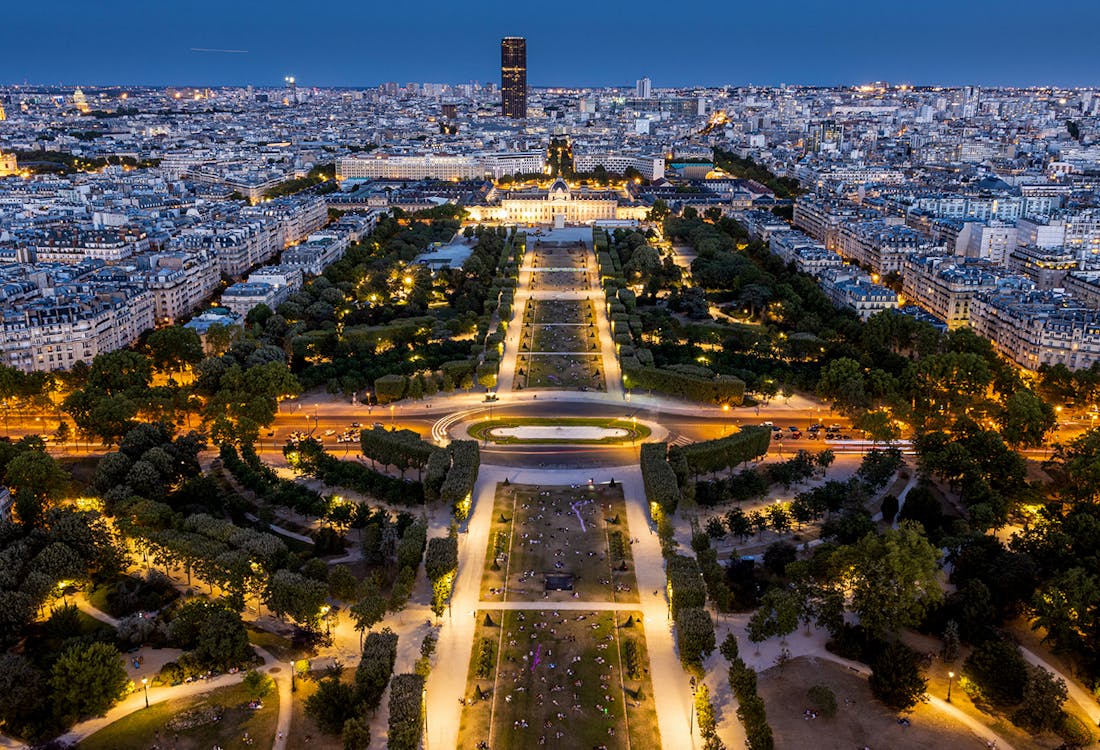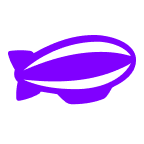The Eiffel Tower is unquestionably one of the most photographed monuments globally, thanks in no small part to countless romantic proposals and its visibility from almost every Parisian window. Built over 130 years ago as the centerpiece for the 1889 World's Fair, today the "Iron Lady" stands as a beloved symbol in the City of Love. But did you know that taking pictures of the Eiffel Tower at night can land you in legal trouble? Here's everything you need to know.
Recommended tickets to Eiffel Tower
Why is the Eiffel Tower copyrighted?
You might wonder, what's the big deal about photographing such a famous landmark? Here's the scoop: according to European Copyright Law, monuments are typically protected for the entire life of their creator, plus 70 years afterward. Gustave Eiffel, the engineer behind the tower, passed away in 1923, so in 1993 the structure itself entered the public domain.
However—and there's a big however—the shimmering nighttime illumination you'll recognize from countless postcards and Instagram posts was only installed in 1985 by Pierre Bideau. This eye-catching light show is considered an artistic installation and is therefore protected under copyright law until at least 70 years after Bideau's death. Since Pierre Bideau only passed away in 2021, this means the Eiffel Tower's nighttime lighting arrangement remains under copyright protection until 2094.
Can you take pictures of the Eiffel Tower at night for personal use?
Here's the good news: Taking pictures or videos of the Eiffel Tower at night is perfectly legal—for personal use. Snapping a romantic shot or posting on your social media accounts privately will not get you into hot water. The restrictions specifically target commercial use scenarios, including books, websites, advertising, or any situation where profits could potentially be generated.
According to La Société d'Exploitation de la Tour Eiffel (SETE), the organization that manages the tower, ordinary folks taking photos for private purposes don't need prior authorization. Professional or commercial photographers, on the other hand, definitely need to reach out for permission first.

Planning to share on your professional platform or website?
If you run a blog, website, advertising campaign, or any platform where you're generating revenue, using nighttime imagery of the Eiffel Tower requires prior permission, fees payment, and appropriate image credit. Otherwise, you risk legal action and fines. SETE stresses clearly that images taken for professional distribution and publication must obtain approval beforehand.
How to legally photograph the Eiffel Tower at night (if you need authorization)
To legally use nighttime imagery commercially, you'll need explicit authorization from SETE. Here's exactly how it breaks down:
- Daytime shots: Completely free and within the public domain. No permissions needed.
- Nighttime illumination (“golden illumination”, twinkling lights, beacons, and event lighting): Prior permission necessary, as well as payment of fees. Cost varies based on intended use and reach.
For detailed information on rates, conditions, or to obtain official access, you can contact SETE directly at documentation@toureiffel.paris.
Bottom line: Click, post, enjoy—but use caution!
Keep your shots private or properly obtain permission if you’re planning to publish them commercially. And if in doubt—or just to add a little safety measure—simply credit "By SETE - Illuminations Pierre Bideau" on your posts. Then, sit back and enjoy the flood of likes and love from your followers. After all, it's the Eiffel Tower—how could you resist?


